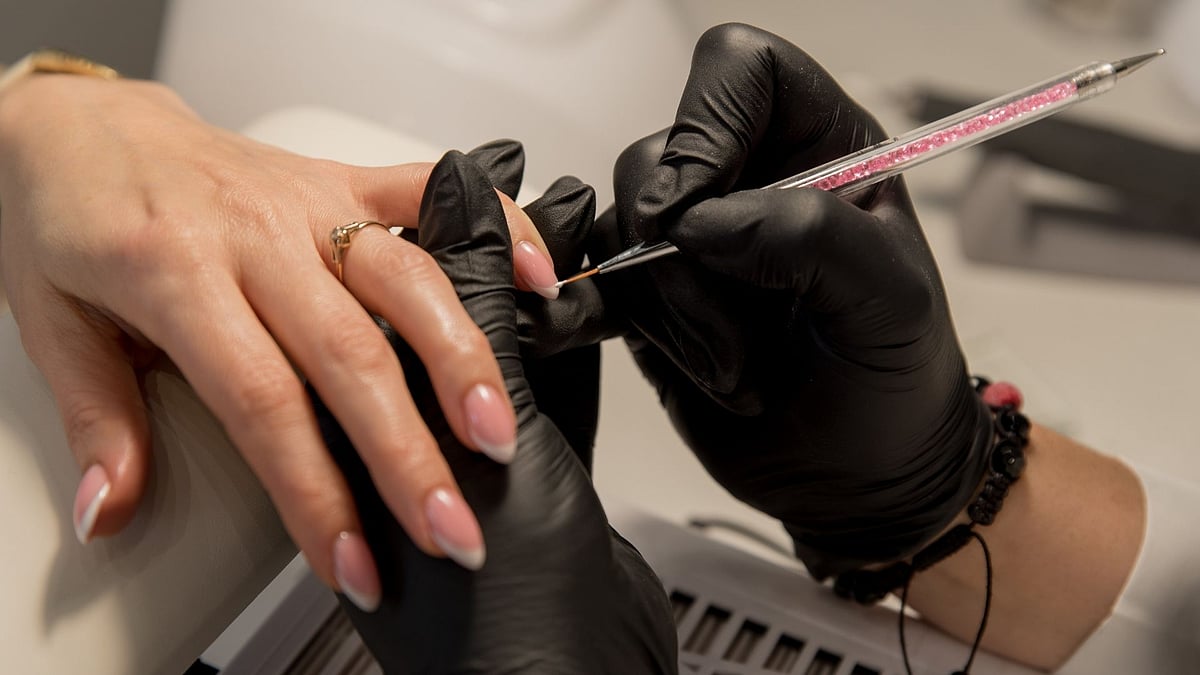Colours are not present in nature just to please. There is a complex and in-depth relationship we have with colour. This psychodynamic relationship profoundly influences our thoughts, actions and ultimately our health and well-being.
Following up on my article last week on Sciatica, let me talk to you about another spine related issue. Degenerative spine (disc) disease. It occurs when the cushioning in your spine begins to wear away. The condition is most common in older adults. After age 40, most people experience some spinal degeneration.
Degenerative disc disease is when your spinal discs wear down. Spinal disks are rubbery cushions between your vertebrae (bones in your spinal column). They act as shock absorbers and help you move, bend and twist comfortably. Everyone’s spinal disks degenerate over time and are a normal part of ageing.
When the cushions wear away, the bones can start to rub together. This contact can cause pain and other problems, such as:
Adult scoliosis, where the spine curves
Herniated disk, also called a bulged, slipped or ruptured disk
Spinal stenosis, when the spaces around your spine narrow
Spondylolisthesis, when vertebrae move in and out of place
The most common symptoms of degenerative disc disease are neck pain and back pain. You may experience pain that:

Comes and goes, lasting for weeks or months at a time.
Leads to numbness or tingling in your arms or legs.
Radiates down your buttocks and lower back.
Worsens with sitting,
bending or lifting.
I say this because sometimes a degenerative spine symptom can be confused with sciatica and vice versa. Degenerative disc disease is most common in older adults.
Colour Therapy to the rescue
Colour Therapy uses colour to balance the chakras of the body by using the seven colours of the light spectrum. Each of the seven main colours of the spectrum, resonates with one of the main seven chakras. Each of the spectrum colours is simply light of varying wavelengths, thus each colour has its own particular energy.
The colours used are yellow, blue, deep blue (indigo) and red. Please use normal sketch pens to apply the colours as seen in the figure:
On the inner wrist of the left palm, start with one yellow dot on the left, followed by two indigo dots and two blue dots from left to right. On the inner wrist of the right palm, follow the same sequence going from right to left.
On the outer wrist of the left and right palm: four red dots plus blue in the centre. Think of it as a magic bangle. The colours represent pain relief (blue), curing lower spine (indigo), repairing nerves (red) and curing upper spine (yellow).











